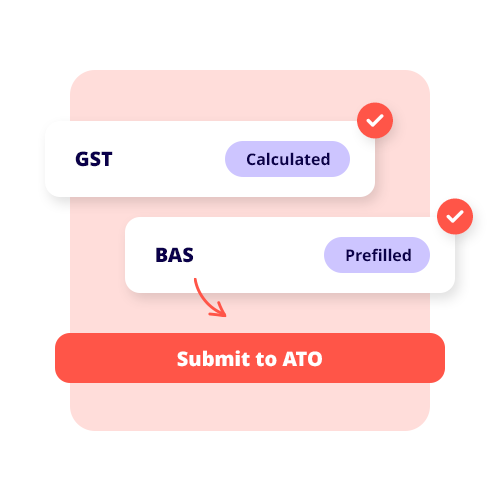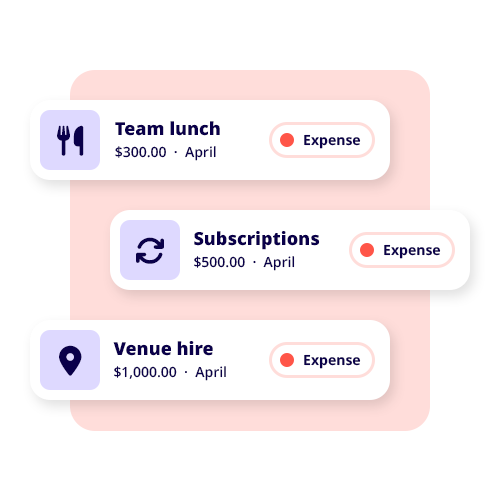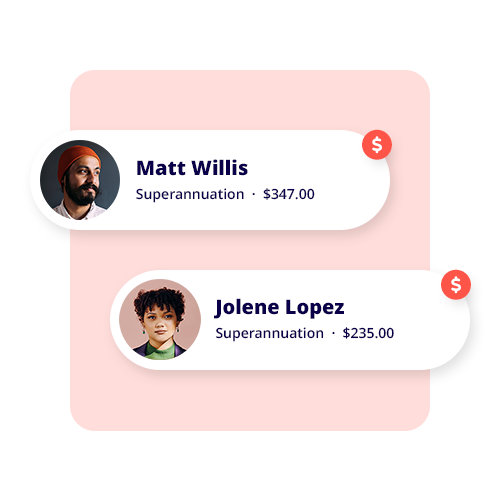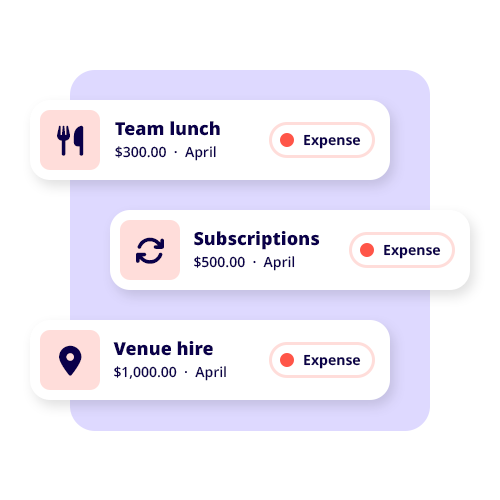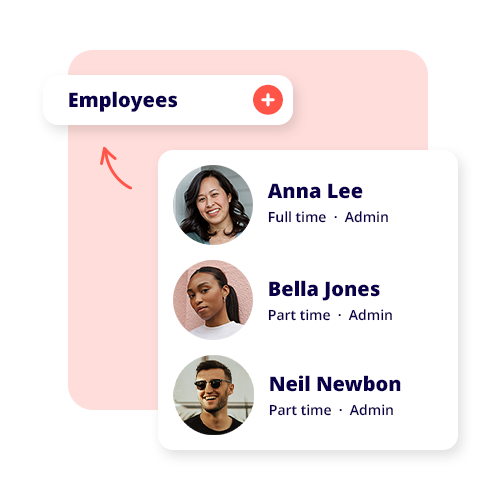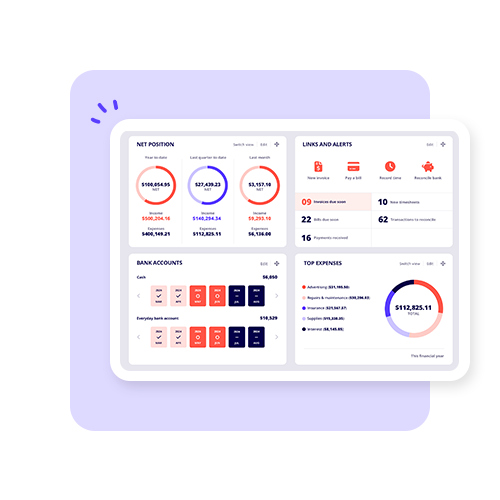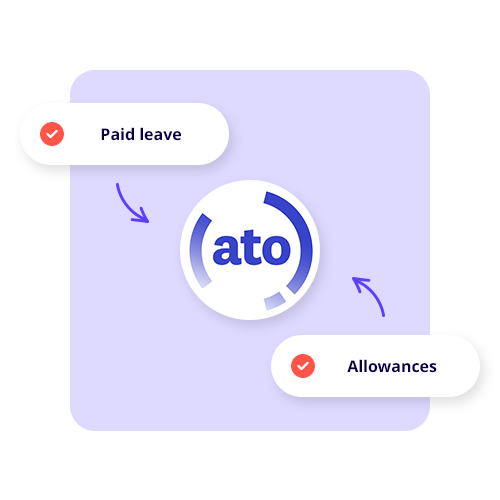Getting the most out of your staff while keeping your business profitable is a never-ending challenge. As a leader, you need to manage your employees’ expectations, professional development, and well-being all at once.
This juggling act can make it hard to distinguish the best approach in leadership style. As it is in life, no employer is the same, nor is any employee, and getting it wrong can lead to a hostile work environment or costly staff turnover.
So let’s dive into why good leadership is essential for your business, and which styles could work for you.
Why is leadership style important in business
Good leadership helps businesses flourish. Your employees perform at a higher level, your business can make more profit, and your reputation and brand grow.
Having a motivated workforce should be one of your goals, and for good reason. Gallup, a workplace consultancy firm, researched how positive leadership and management style impact employee engagement. Here are just a few of their findings:
- 78% reduction in absenteeism
- 21% reduction in staff turnover in high-turnover organisations
- 51% reduction in staff turnover in low-turnover organisations
- 18% increase in sales productivity
- 23% increase in profitability
- 10% increase in customer loyalty/engagement
So, how does good management get these results? Good business owners and managers identify what is unique about their employees and capitalise on it. By understanding what drives your employees, you can save time by putting them in situations where they can succeed. This will make them more accountable, as they take pride in their success, and strengthen team cohesion by having staff depend on each other’s skills.
Good leaders and managers motivate their employees in ways that are unique to them. This requires constant reviewing and communication, which can be challenging to maintain. Not doing so, however, can pose serious problems to your business.
The impact of poor management and leadership on business
The consequences of mismanagement have direct and indirect implications for a business. Your ability to effectively run your operations is severely hampered when you have unmotivated staff and a lack of talent. If the quality of your services diminishes, your reputation will take a hit and more.
Direct cost from employee turnover
One of the most significant costs involved in poor management is the loss of staff. The time and effort it takes to train staff to contribute adequately is a burden operationally, more so if the staff member leaves before that effort can pay off.
The average cost of hiring staff is around $5,000 per employee. This can be much more for onboarding senior roles. Now consider the ongoing development of that staff, which averages around $1,200 per year (including established staff). The costs add up. Now factor in staff turnover. The turnover cost is estimated to be between 30% and 200% of the annual salary of the employees who have left the business. If you don’t properly take care of your staff, you can find yourself in a cycle of training and replacing and churning through money.
Indirect cost from employee turnover
The indirect consequences of high employee turnover also ripple through a business’s operations. When a staff member leaves, you can lose a real asset, and the loss can take time to fully impact your business. These are just a few of the consequences you can face with employee turnover:
- Loss of productivity within associated departments
- Loss of valuable knowledge base
- Loss of client business
- Damage to company morale
- Damage to the company’s reputation
Staff retention
Due to the high costs involved with turnover, staff retention is in a company’s best interest. One of the leading causes of staff turnover is conflict with management. According to the Australian Institute of Management (AIM), 34% of employees left their jobs due to their poor relationship with management or leadership.
Business leaders and managers need to have the right approach according to the needs of their staff.
Leadership styles in the workplace
Leaders and managers, like their employees, have their own personalities, motivations, and principles that work for them. When a manager tries to find the right lever to motivate their employees, the style and conduct of that manager matter just as much.
To identify the leadership style of a manager, we can look at the DiSC framework. DiSC stands for: Dominant, Influence, Supportive, and Cautious. The point of DiSC is to help managers discover their strengths and the personality type they most closely identify with to run their team effectively.
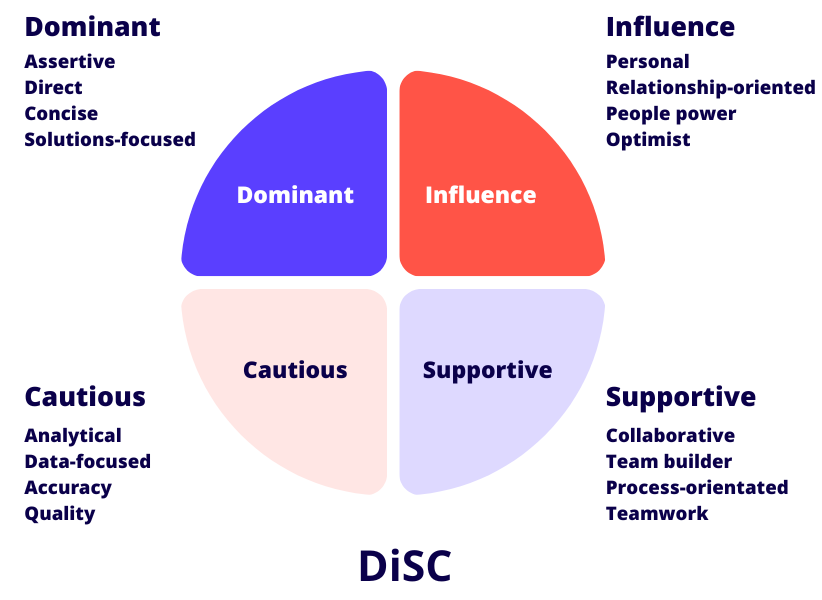
A dominant leader type will be assertive and results-focused; an influential leader will be relationship-focused and enthusiastic; a supportive leader will be collaborative and team-focused; and a cautious leader will be analytical and quality-focused.
A good manager should identify the style that resonates with them and use it to run their team. Team cohesion works best when expectations are set and the manager has conviction behind their methods.
Small business and successful leadership
To be a good leader, you must set expectations for yourself and your staff. For yourself, you need to acknowledge the privilege of having people work for you, that you will have their best interests at heart, and put your staff in the best position to succeed. You expect your employees to perform to the best of their ability, take pride in their work, and buy into your process and procedures.
In your workplace and business, incorporate the leadership style that comes naturally to you. With DiSC, the idea is that you adapt your personality to best fit the purpose of the team dynamic and the actual industry you’re in. Take the dominant leadership style: would this type of management personality work better in a florist or a car dealership? Dominant leadership would work better in a car dealership because it is better suited to the high-stress sales environment.
Be authentic in your approach, curious about what motivates your staff, and dedicated to your goals as a leader. What do you want out of your management role and style? Is it as simple as increasing profit, or are you looking for more fulfilment in a professional capacity? You need to identify your own motivations as much as your employees’.
Once you have identified what type of leader you want to be for your business, you can build operations that work for you and your staff. Make sure you are an effective communicator, invest in employee engagement, and stick to your principles as a leader. With a strong foundation in your leadership, you’ll find that your job will be much easier, and your staff will work harder.


























